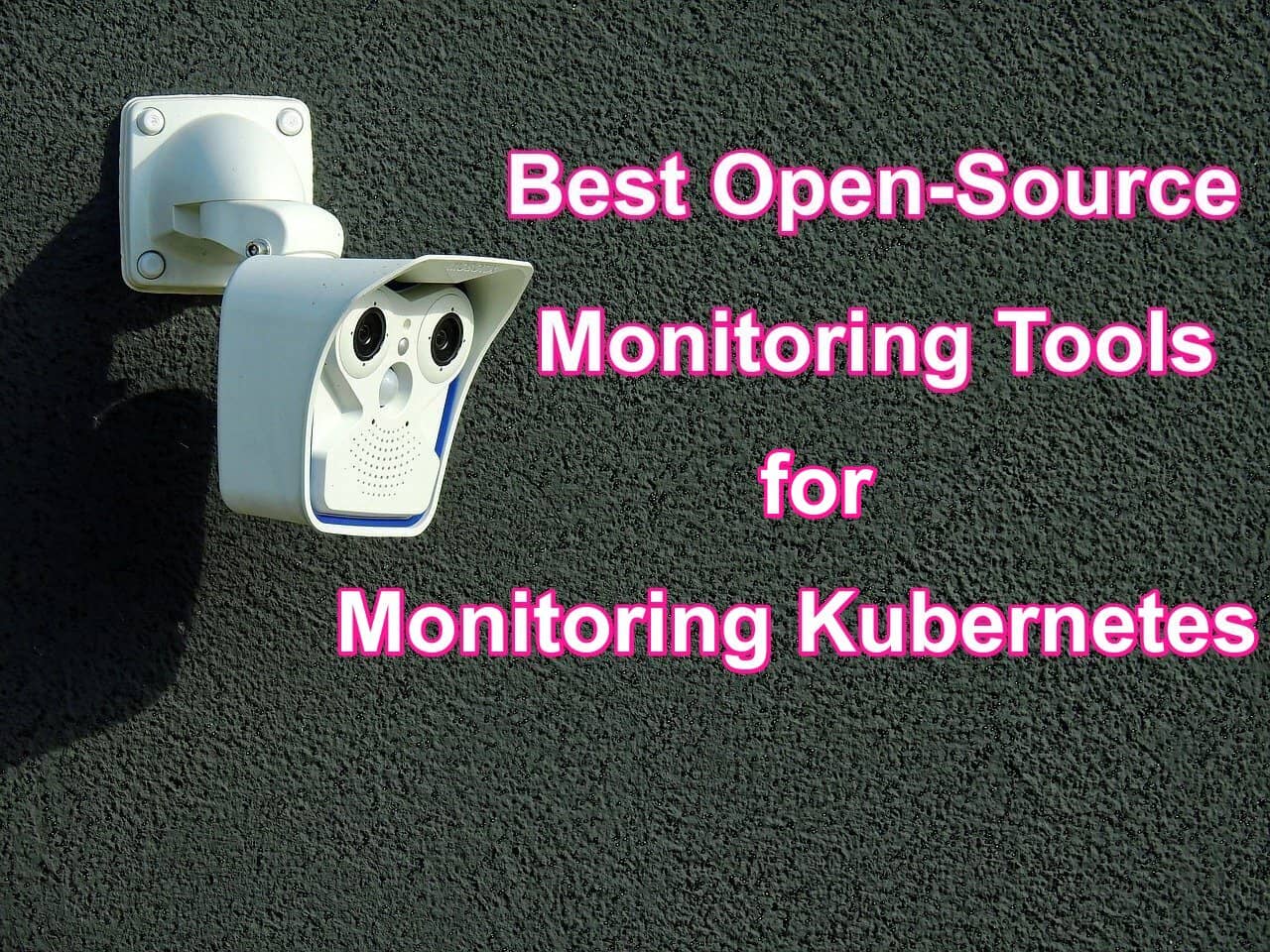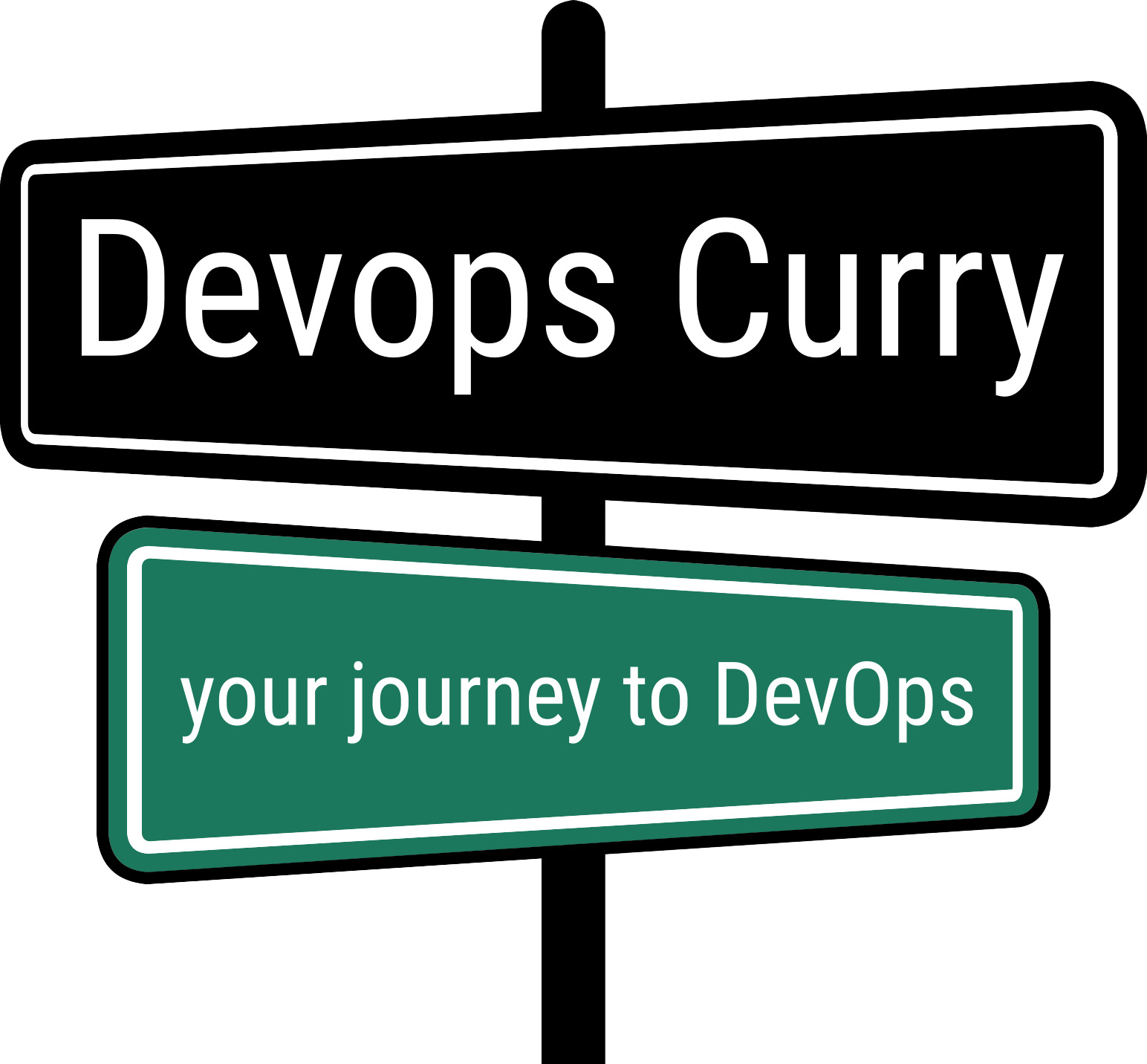
Best Open Source Monitoring Options in 2021 for your Kubernetes Cluster
Table of Contents
Best Open-Source Monitoring Tools for Kubernetes in 2021
Monitoring an application’s current state is one of the most effective ways to anticipate problems and discover bottlenecks in a production environment. But it is also currently one of the biggest challenges faced by almost all of the software organizations across the globe.
Why Kubernetes is considered as the De facto standard for container orchestration?
Kubernetes has taken the container ecosystem by storm, and for good reasons. Kubernetes functions as the brain for your distributed container deployment.Kubernetes is a production-ready, open-source platform designed by Google’s using its accumulated experience in container orchestration.
Kubernetes has over 58K stars on GitHub & 2200+ contributors around the world. With the new ways of building & running applications, monitoring and observability strategies need to change.
Also monitoring Kubernetes, both the infrastructure platform and the running workloads, is on everyone’s checklist as we evolve beyond day zero and move into production.
What to Monitor?
We can try monitoring the following Kubernetes pod, node and cluster level metrices:
- Container CPU and Memory Usage
- Kubernetes Pod CPU and Memory Usage
- Node CPU and Memory Usage
- Namespace CPU and Memory Usage
- Cluster CPU and Memory Usage
- Container CPU and Memory Requests
- Pod CPU and Memory Requests
- Node CPU and Memory Requests
- CPU and Memory Limits at Pod, Node and cluster levels
- Kubernetes Resource Capacity
So here we bring for you some of the most popular Open-source monitoring tools to work with Kubernetes.
1. Prometheus
Originally built at the sound cloud, Prometheus is a monitoring and alerting toolkit. It is quite popular in the development community. Now, it is governed by the CNCF (Cloud Native Computing Foundation). Prometheus simplifies the process of pulling numerical metrics based on a time series from a given metrics endpoint. It has three elements: Prometheus server, Alert manager, and Exporters. Prometheus servers look after service discovery and pulling metrics from the exporters. The alert manager is responsible for setting up alert rules, analyzing the data in the Prometheus Db. It sends alert messages to multiple receivers if a certain rule is triggered. Exporters are independent containers that can be run on your target resource to generate & export metrics via metrics API. Prometheus is developed to collect time-series data via a pull model over HTTP. Here, multiple modes are available for graph and dashboard support.
2. Grafana
You can monitor your Kubernetes cluster’s performance using Grafana. It is mostly used for matric analysis and visualization suite. It allows creating custom dashboards using data taken from multiple sources. The monitoring capabilities of Grafana include:
- Cluster metrics: Pod, capacity/usage, memory capacity/ usage, CPU capacity/usage, Disk capacity/usage, an overview of nodes, pods, and containers. Node Metrics: CPU, memory available, Load per CPU, Read lops, write lops, %Util, network traffic/second, packets/second, error/second.
- Pod/container Metrics: Memory usage, Network traffic, CPU usage, Read lops, write lops. Grafana offers an associated product called ‘LOKI’. Loki aggregates logs in Kubernetes and integrates well with the Grafana UI.
3. The ELK Stack
The ELK or Elastic stack is one of the most popular open-source solutions for logging Kubernetes. The ELK consists of the following things:
- Elastic search- scalable and well-performer. It can handle the storage and search across millions of docs.
- Logstash- Aggregate and process logs and send the processed data for storage.
- Kibana- It is an analysis interface to help users make sense of data.
- Beats- These are the lightweight data shippers.
The enterprise version of ELK stack ships with X-pack, a set of additional tools that enables reporting, alerting, and role-based access control (RBAC). You need to use the previously mentioned enterprise version of the ELK stack to enable RBAC.
4. Fluentd
Fluentd is governed by a cloud-native computing foundation (CNCF). It is a specialized data collector that unifies data collection & consumption. Fluentd helps to better understand & use of data.
Additionally, Fluentd offers built-in metrics and general purpose output interfaces for centralized collectors. It is quite popular among Kubernetes users to Logstash’s facilities, especially those performances-related. Fluentd is a high performing, scalable &reliable.
It is quite easy to add new inputs or outputs with very little effect on performance. It uses disks or memory for buffering and queuing to handle transmission failures or data overload. It supports multiple configuration options to ensure a more resilient data pipeline.
5. cAdvisor
cAdvisor is used to collect, process, and export resource usage and performance information about running containers. Like other agents, cAdvisor is not deployed per Pod but on the node level. It’s a basic tool but a very useful one. cAdvisor is built into Kubernetes and integrated into the Kubelet binary. It automatically detects every running container on a machine and collects system metrics like memory, CPU, network, etc.
cAdvisor is capable to support multiple endpoints despite having limited functionality. However, there are some cons of cAdvisor like it’s very basic, lacks analytical depth, and has limited functionalities.
6. Kubewatch
Kubewatch watches the specific Kubernetes events and pushes notifications on these events to various endpoints. In simple words, Kubewatch is the go-to tool to receive push notifications on available collaboration applications or notification channels. Kubewatch is easy to configure and can be deployed using either helm or a custom deployment. It will take care of changes made to specific Kubernetes resources that you ask it to watch, like daemon sets, deployment, Pods, replica sets, replica controllers, services, secrets, and configuration maps. Users need to run it in their K8s cluster, and the event notifications will be received via webhooks.
7. Kube-Ops-View
Kube-Ops-View is not exactly a monitoring tool. It can’t be used to monitor and alert on production issues, it can give you a nice operational picture of your Kubernetes clusters. It will also have a look at the different nodes deployed and their status along with different Pods running on the nodes.
Kube-Ops-View provides a common operational picture for multiple K8s clusters. It shows the capacity and resource usage for nodes and individual pods with animation. However, it is not a replacement for Kubernetes Dashboard or a monitoring solution. It simply helps the users to quickly figure out the usage metrics without doing too much hustle.
8. Jaeger
It’s an end-to-end distributed tracing solution. Jaeger is widely acknowledged by Kubernetes practitioners as monitoring and troubleshooting best practices. The brief history of Jaeger is that it was developed by Uber, inspired by OpenZipkin and Dapper, and donated to CNCF. When a service failure occurs, you have no idea how the requests have gone from service to service over the network to complete a single business transaction. Debugging is extremely difficult in such conditions. Jaeger user tracing to enable root cause analysis, performance, and latency optimization. Jaeger is easy to use and provides a seamless user interface along with different instrumentation options.
9. Weave Scope
Weave Scope is a troubleshooting and monitoring tool for Docker and Kubernetes. It was developed by Weaveworks. Weave Scope allows you to gain operational insights into your Kubernetes clusters. It takes a few steps ahead of Kube-Ops-View by providing a much easier and nicer user interface. It also provides the ability to manage containers and run diagnostic commands within the interface. Users can see the application, monitor the infrastructure. It is deployed on, and the relationships between the different components. Weave Scope is an effective tool for gaining context on your deployment. The only drawback of Weave Scope is that it lacks analytical depth.
10. Kubernetes Dashboard
It’s a Web-based, UI add-on for Kubernetes clusters. Users can create and manage workloads as well as do discovery, load balancing, configuration, storage, and monitoring. Kubernetes dashboard offers numerous features and is quite useful for small clusters & for people starting to learn Kubernetes. This tool offers different views for CPU and memory usage metrics aggregated across all nodes. This Dashboard is widely used to monitor the health status of workloads like pods, deployments, replica sets, etc. the installation process is quite easy and can be done using readymade YAML files.
11. Kube-state-metrics
Kube-state-metrics is a Kubernetes-native metrics service designed to listen to the Kubernetes. It generates metrics without any modification to Kubernetes API. Hence, users can rely on the same grade of stability as offered by Kubernetes API. Kube-state-metrics is an extremely essay to use and is only a metrics service. It requires a few more bit and pieces to become part of a complete monitoring solution for Kubernetes. Kube-state-metrics exports the metrics on the HTTP endpoint in a plain text format. Real-life Kubernetes practitioners recommend Kube-state-metrics if someone is struggling to use Prometheus for K8s monitoring.
Conclusion
In this blog post we have discussed the importance of Kubernetes monitoring and also outlined an extensive list of open-source monitoring tools for kubernetes. Finally choosing a tool depends on your monitoring needs and use cases. Open-source solutions have the advantage of being backed up by large communities driven to improve existing solutions.


